For a long while, the Reliant Scimitar GTE was a maligned oddity to be avoided at all costs, but this distinctive-looking shooting brake has finally come of age and now is the time to buy.
Penned by Tom Karen – whose designs for the Bond Bug three-wheeler and iconic Raleigh Chopper bicycle have become emblematic of 1970s Britain – the Scimitar GTE’s glassfibre bodyshell is, by its nature, immune to rusting, but it can scare buyers off because any damage repairs or paintwork will be costlier to carry out. That’s why neglected cars and unfinished projects can still be found for around £1000.
Click here to buy your next used car from Autocar
Numbers dropped steadily throughout the 1990s as the distinctive four-seater fell victim to astronomical insurance premiums and a dubious – some say undeserved – reputation for unreliability, but the downward trend appears to have plateaued and there are now around 900 Scimitar GTEs in the UK, according to howmanyleft.co.uk. So you can take your pick from ready-to-rock restored cars, ratty daily drivers and full-bore barn finds.
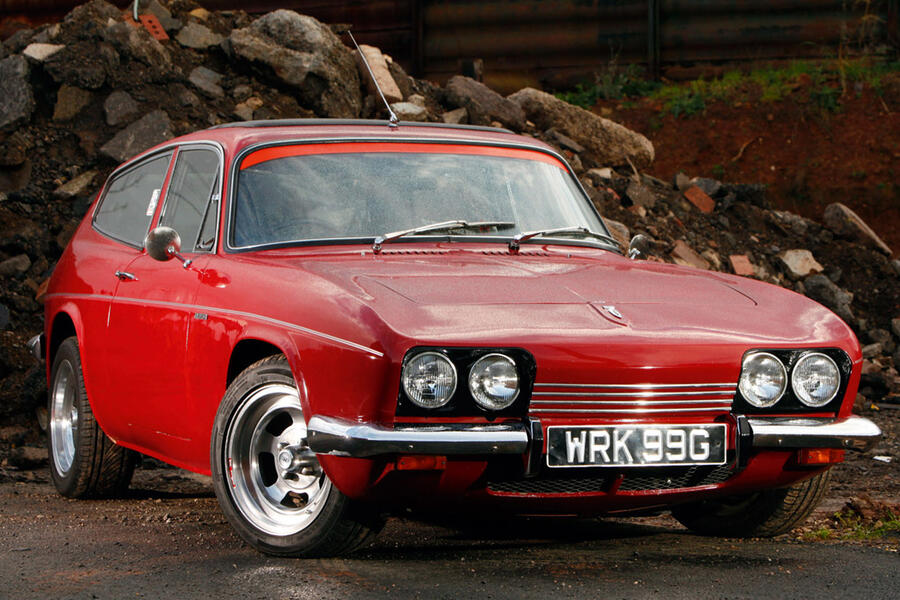
Another reason for the Scimitar’s relatively high survival rate is that it was produced – in various forms – near enough continuously from 1968 to 1990. The early SE5 model was an instant hit, helping Reliant to increase sales by 20% in the car’s first year after launch and quickly outnumbering the outgoing Scimitar GT coupé by four to one.
Continued success came with the arrival of the facelifted SE5A in 1972, which brought improved performance from the 3.0-litre Essex V6 (shared with the Ford Capri), an updated interior and subtly tweaked styling. Reliant sold 5105 units of this new and improved Scimitar, making it the most popular iteration, and it remains the most readily available variant today.

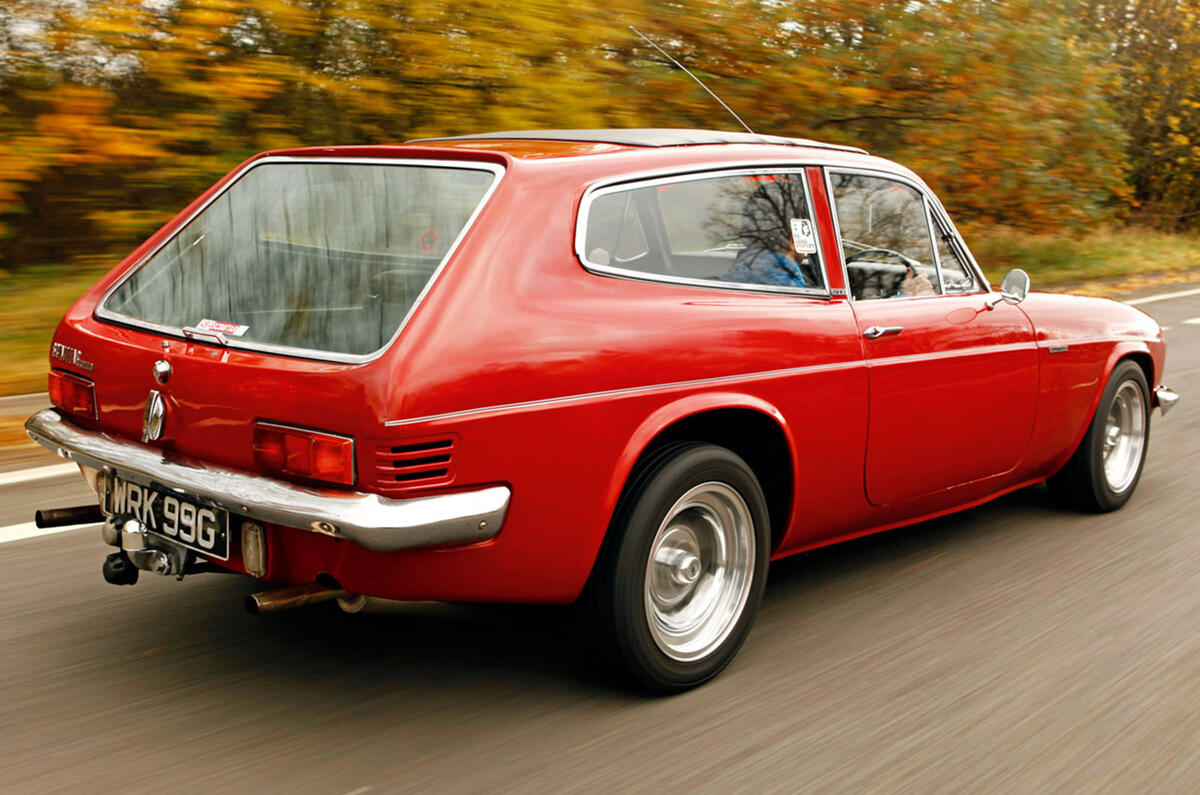
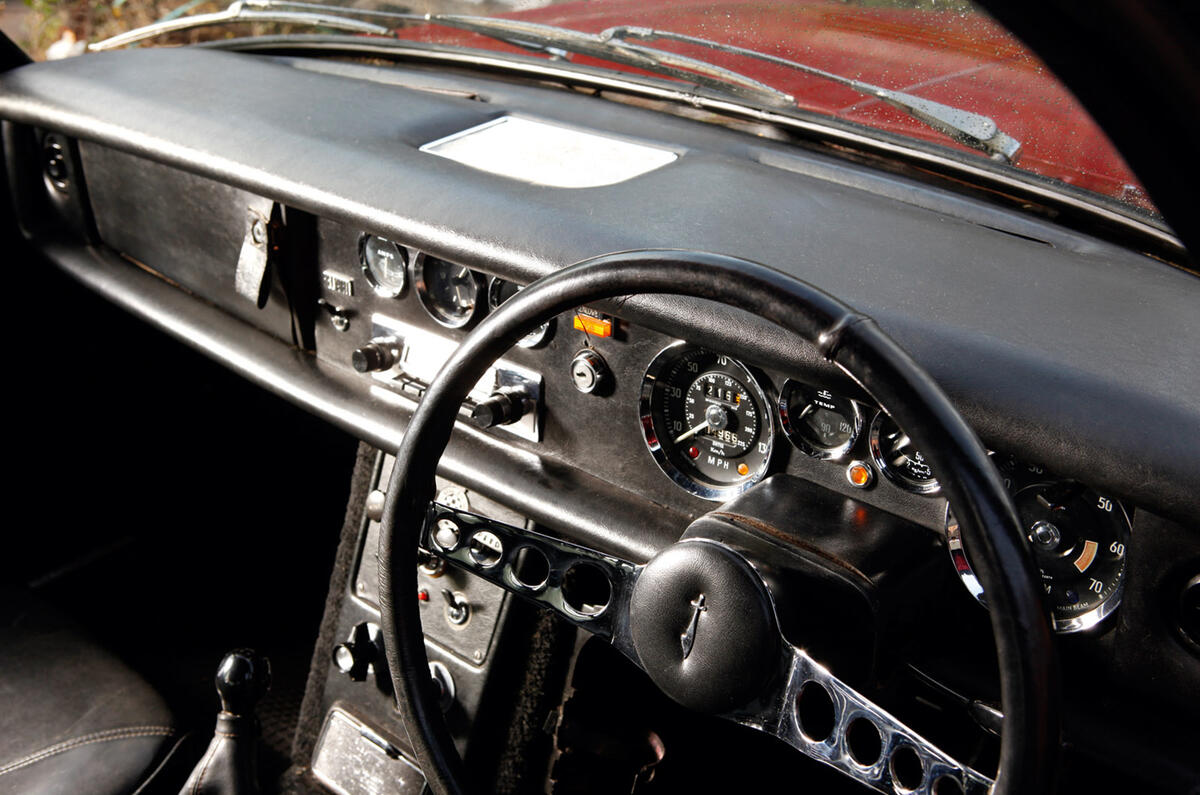
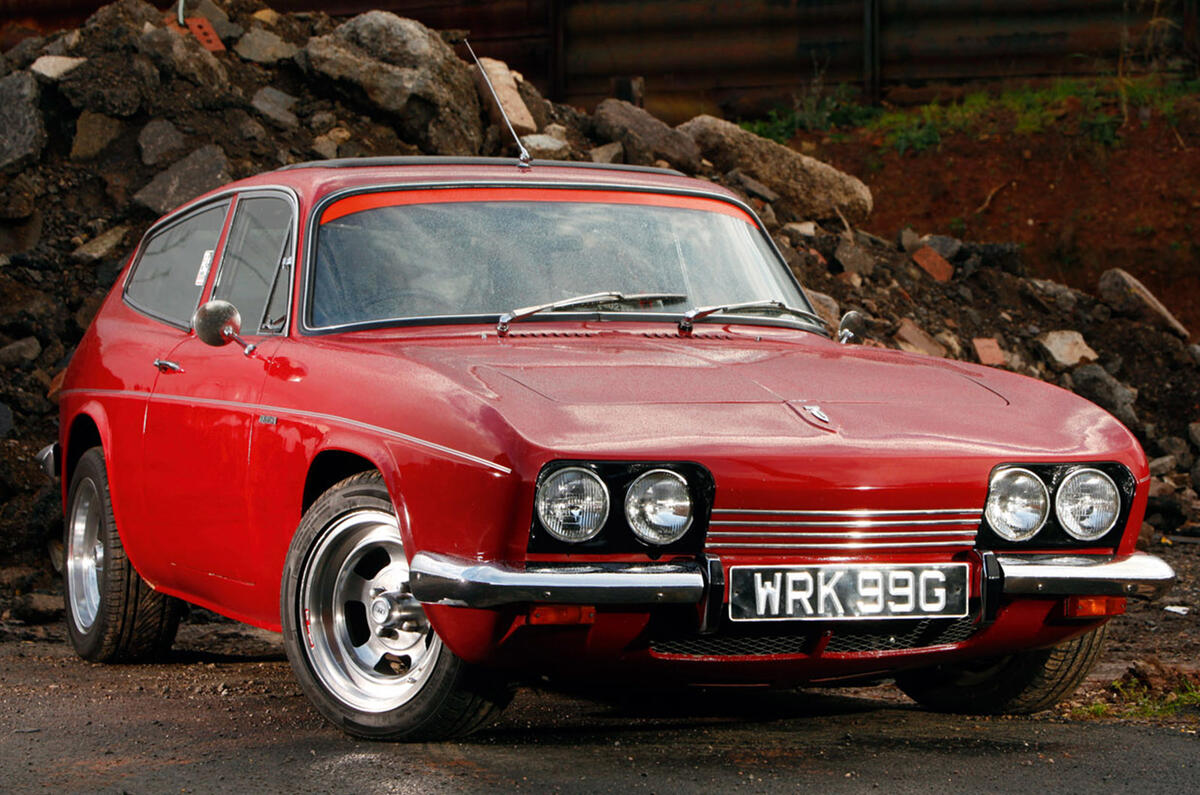
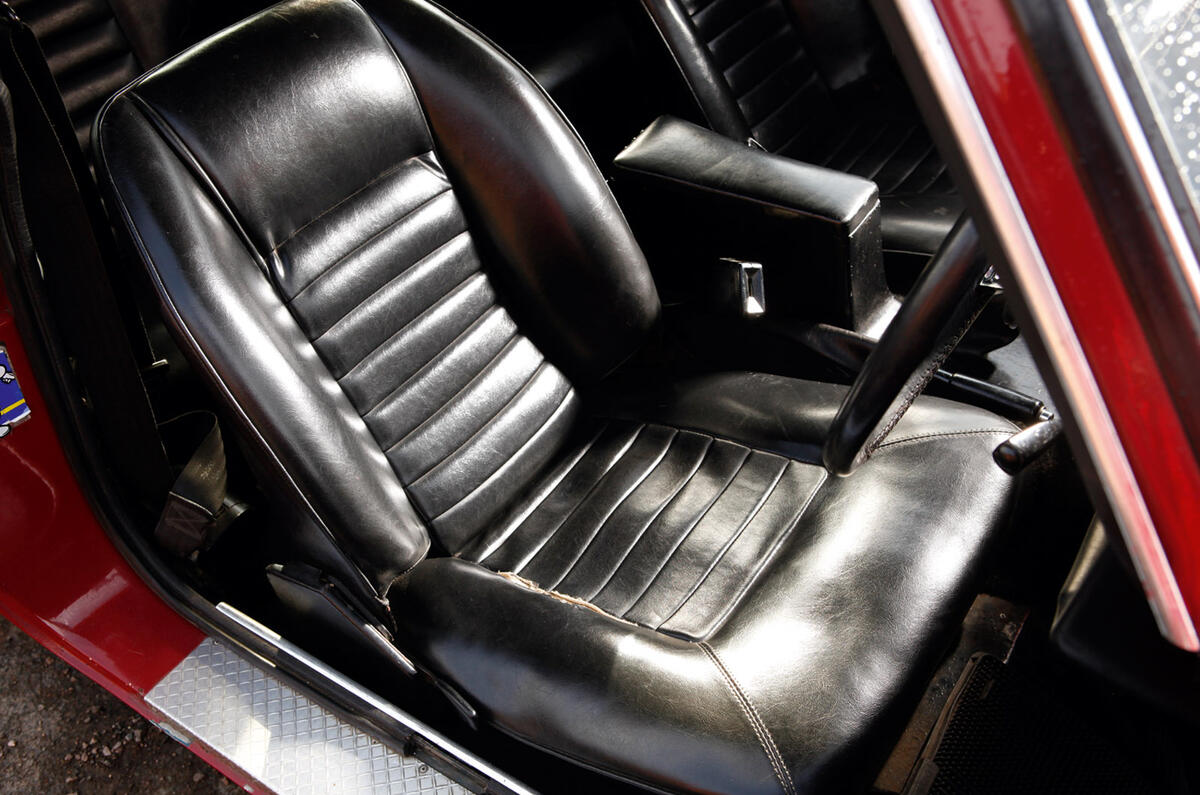
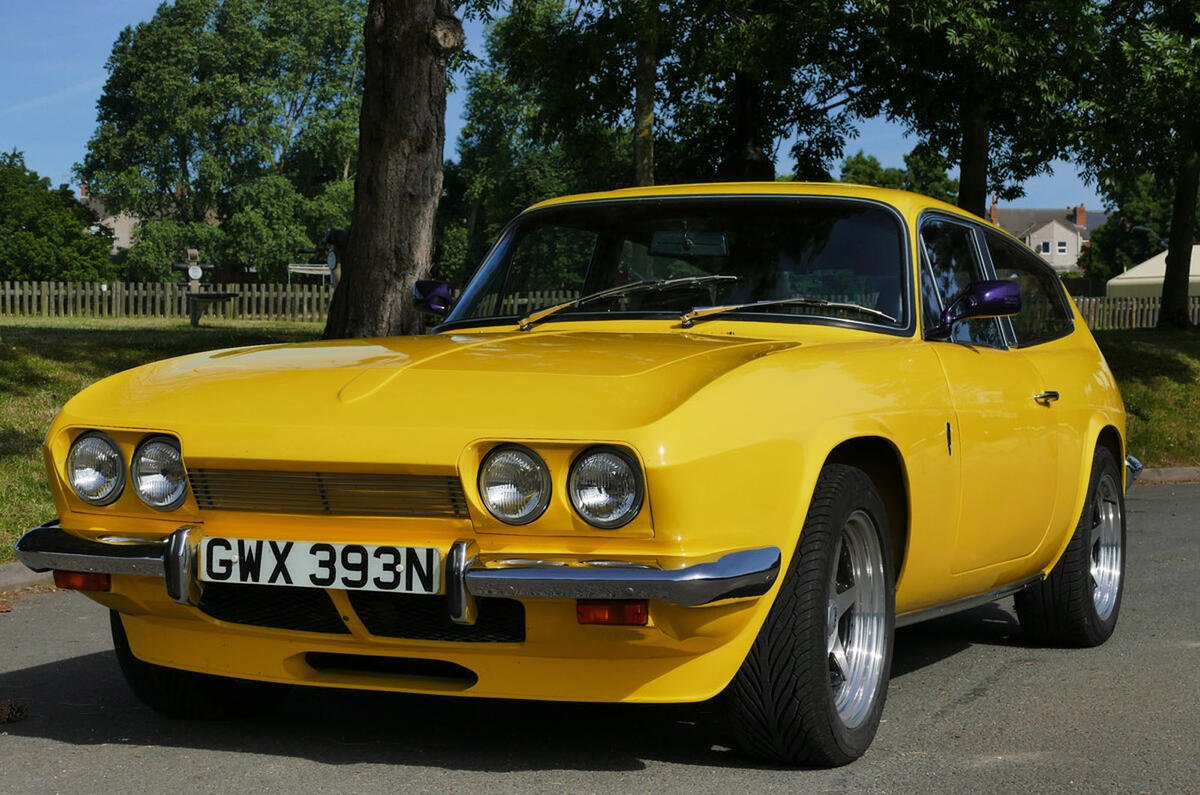
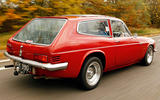
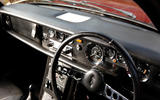
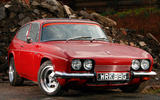



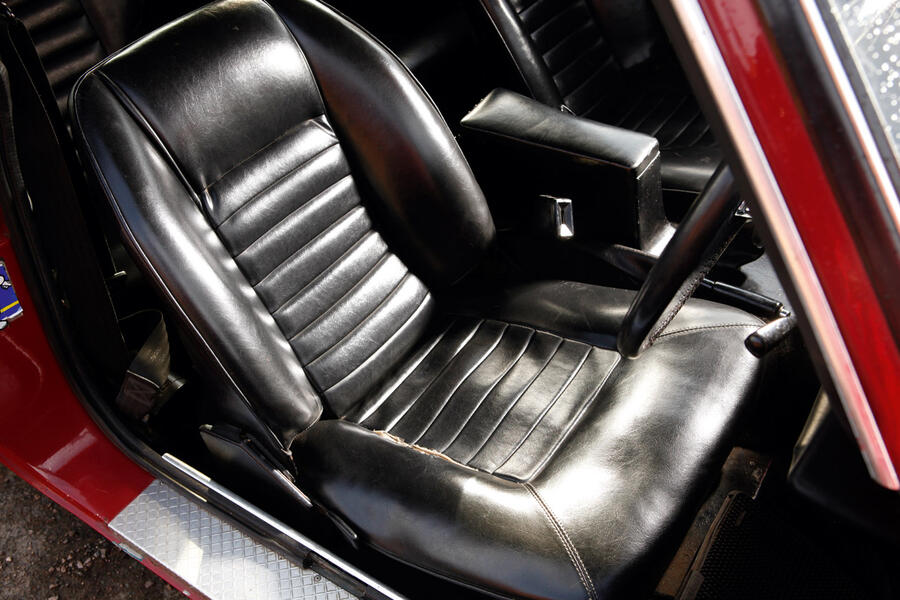
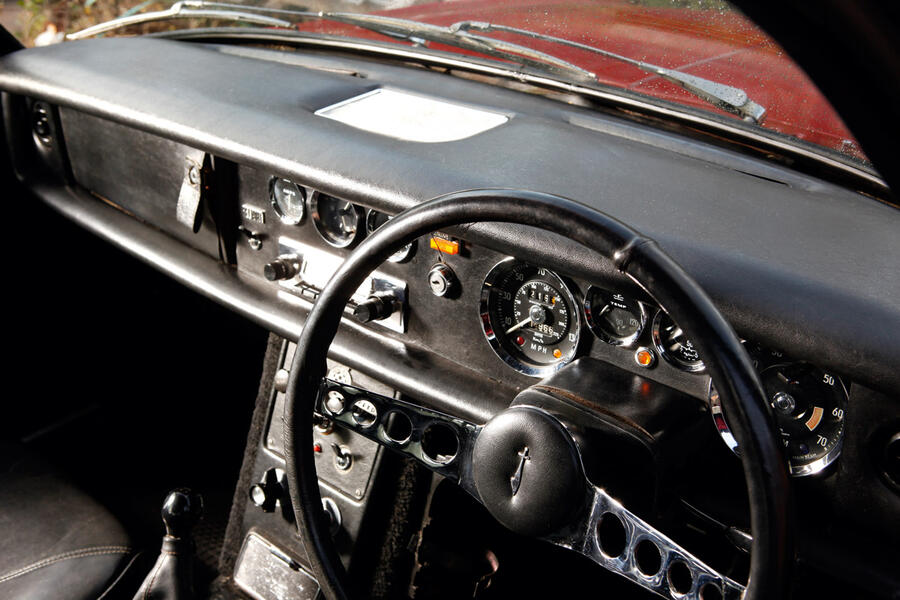
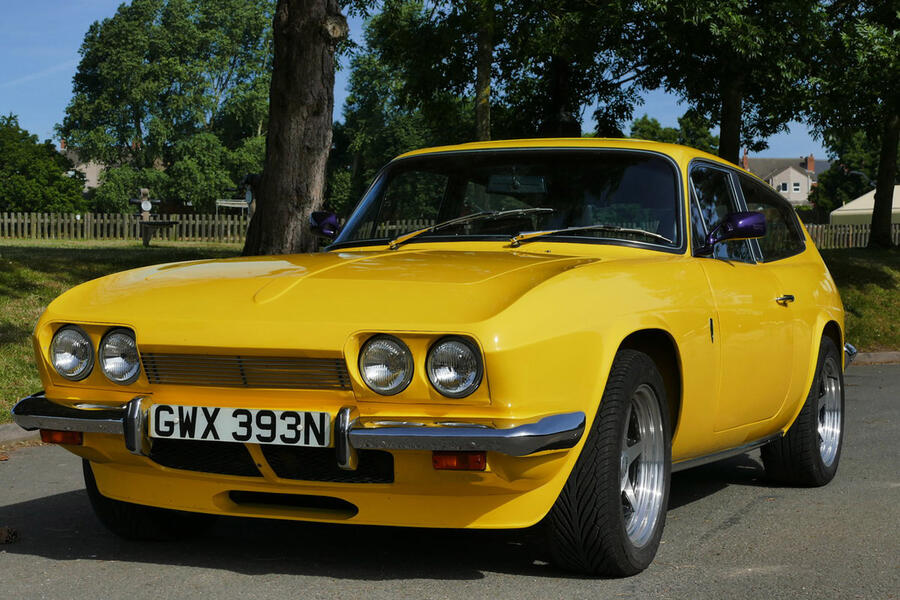





Join the debate
Add your comment
Always thought of them as a
Nice...
I've always liked the Scimitar GTE, shooting brakes tp be precise. I was always put off though by the high insurance grouping and the low fuel economy. the Lancia Beta HPE seemed a easier prospect to own. Also another shooting brake that I liked. However, that's a car that is virtually non existant now thanks to shocking quality issues.
I'm coming into some money next year, I might just take a punt on one as a 'Sunday' car.
[quote=leftfield lenny]
[quote=leftfield lenny]
I've always liked the Scimitar GTE, shooting brakes to be precise. I was always put off though by the high insurance grouping and the low fuel economy. the Lancia Beta HPE seemed a easier prospect to own. Also another shooting brake that I liked. However, that's a car that is virtually non existant now thanks to shocking quality issues.
I'm coming into some money next year, I might just take a punt on one as a 'Sunday' car.
Good looking, but a handful
I had a 75 model for a while. At speeds over 100mph the thing went very light on the suspension. Hairy.
And as the article suggests, not particularly reliable even when new.
Does anybody know what happened to Robin Rew, he was a big GTE man back in the day?